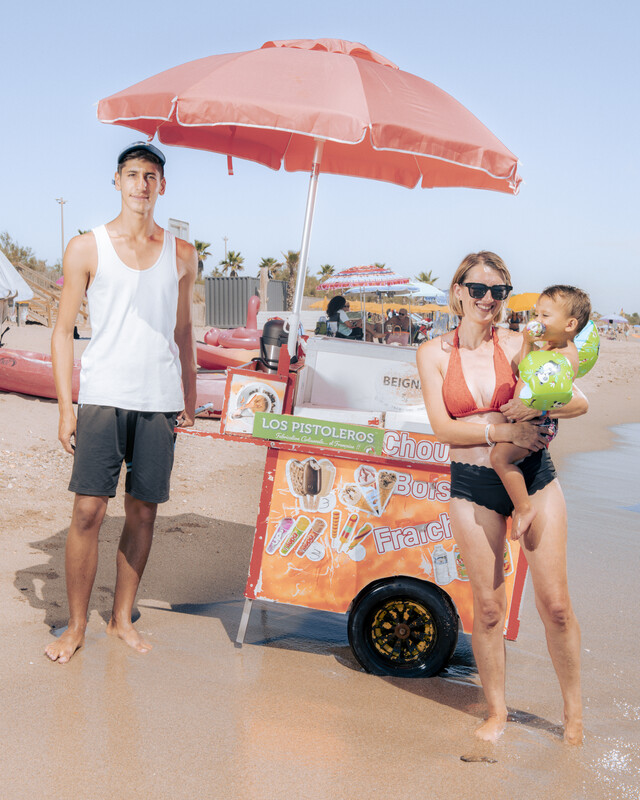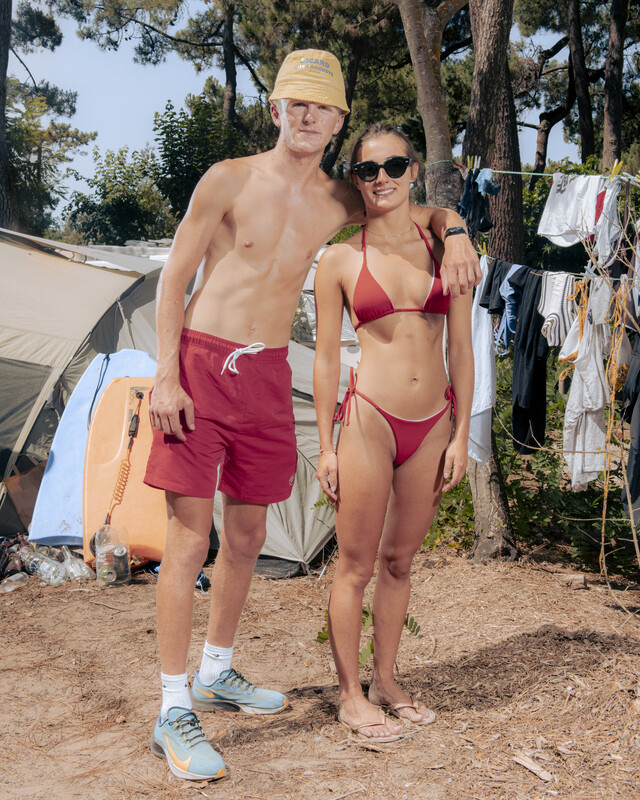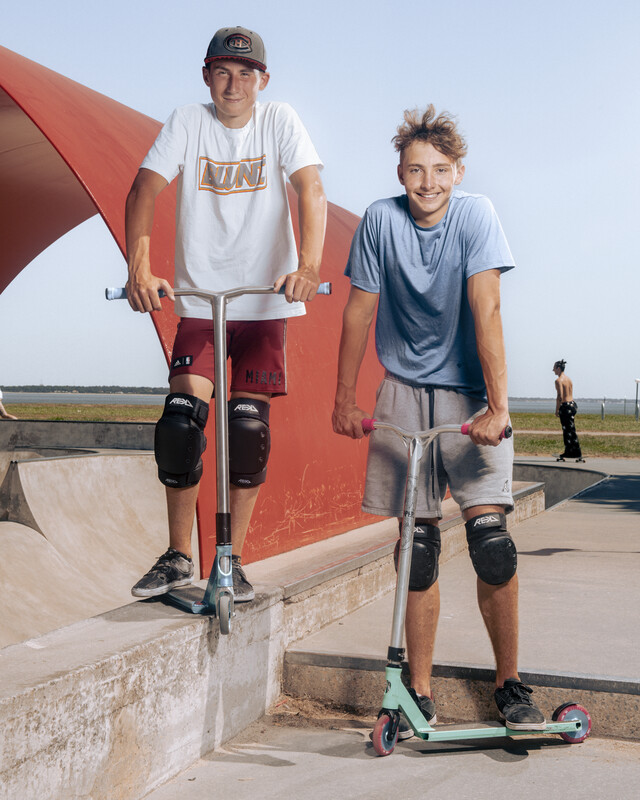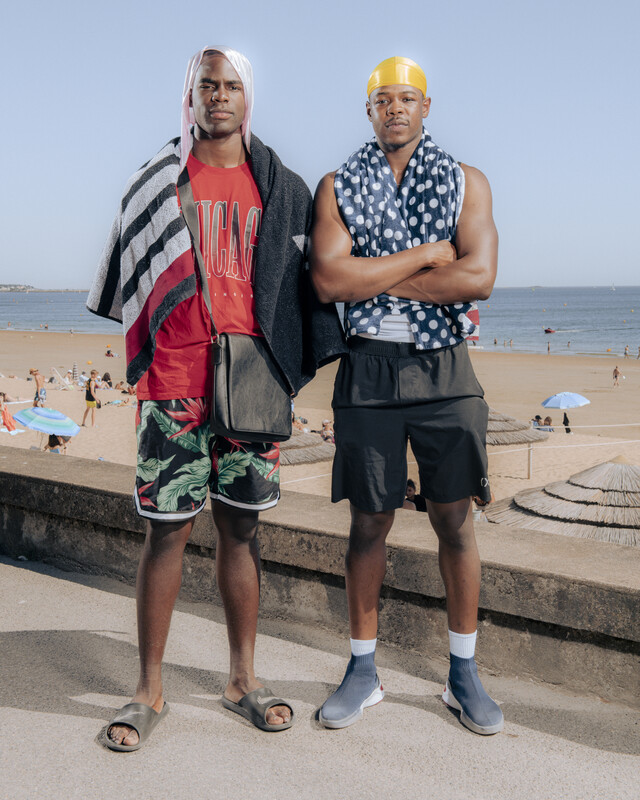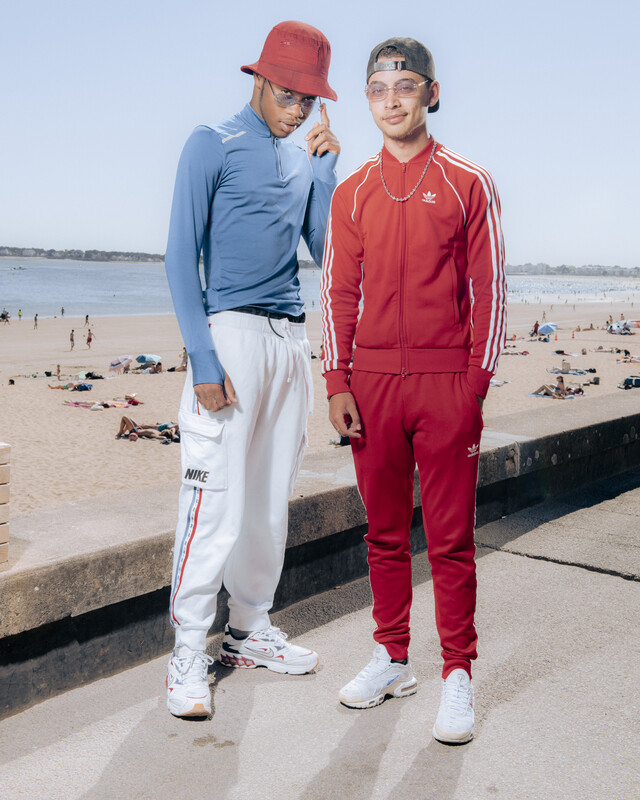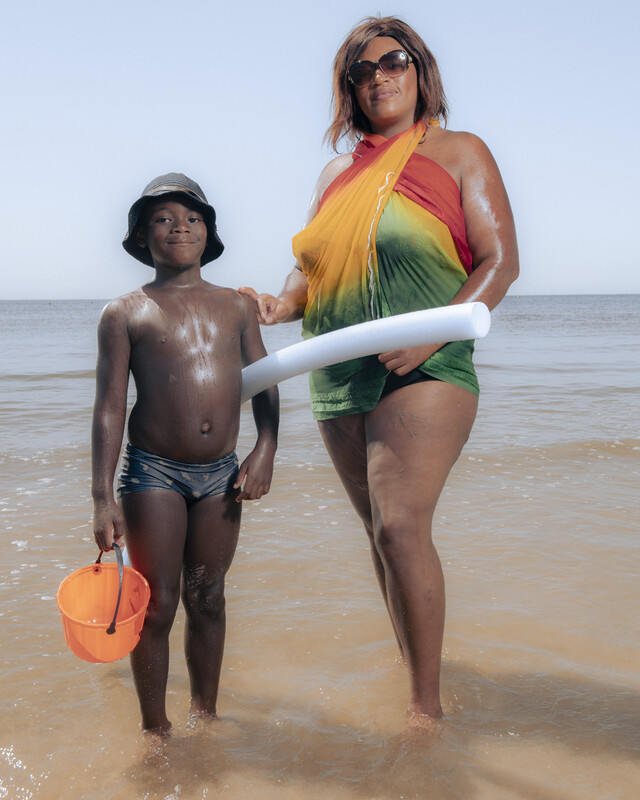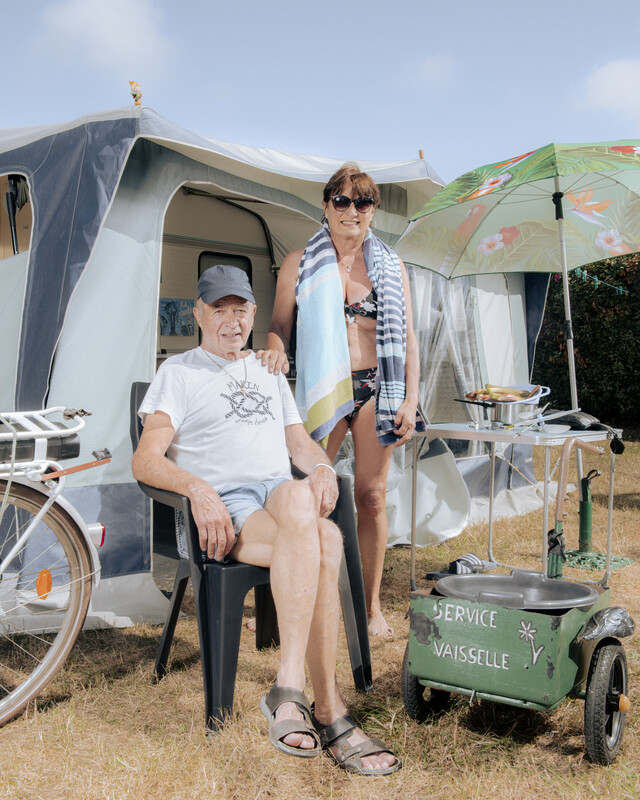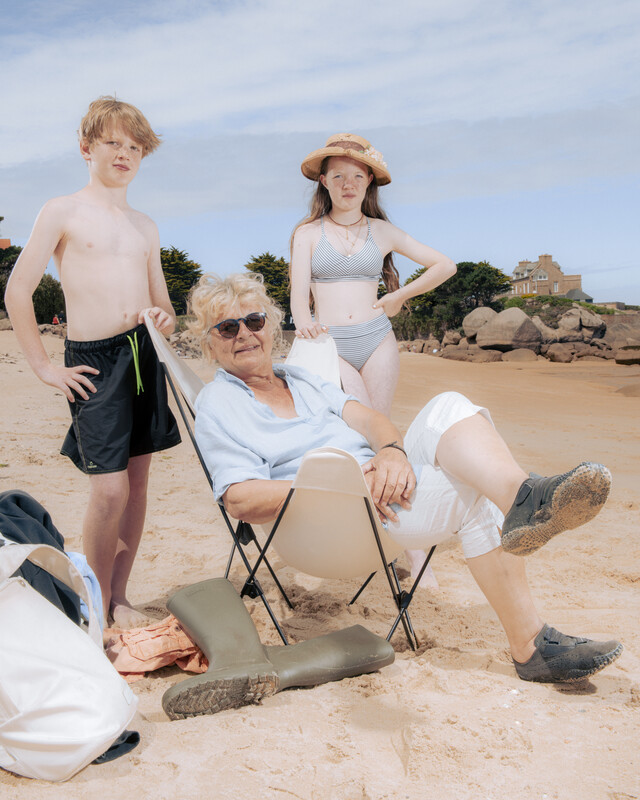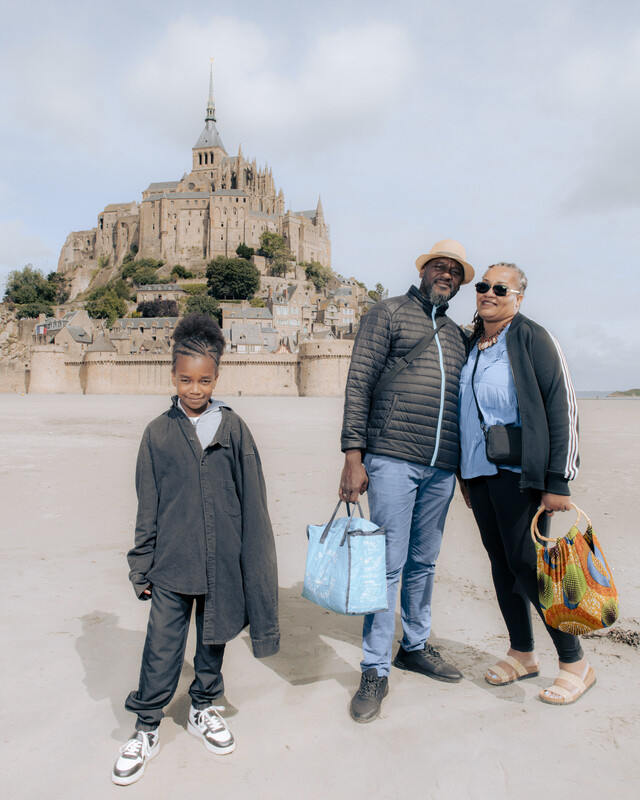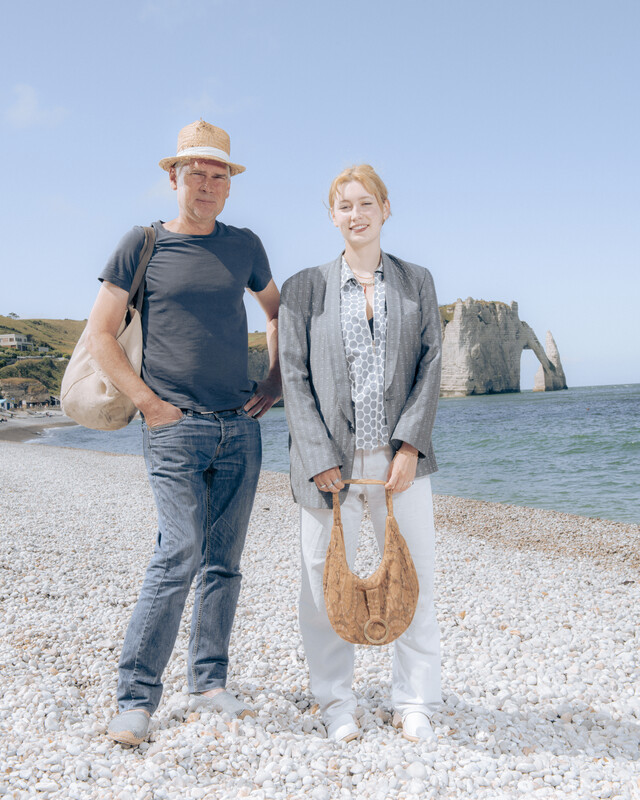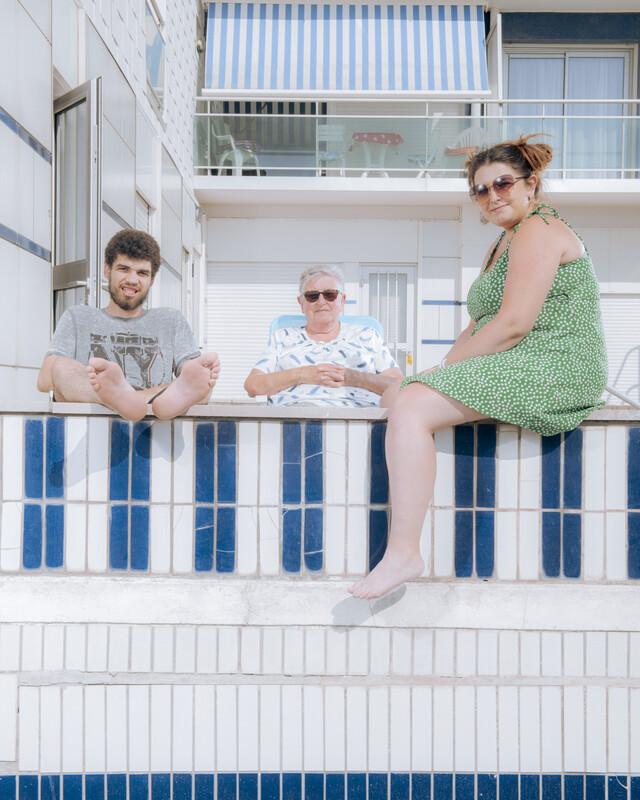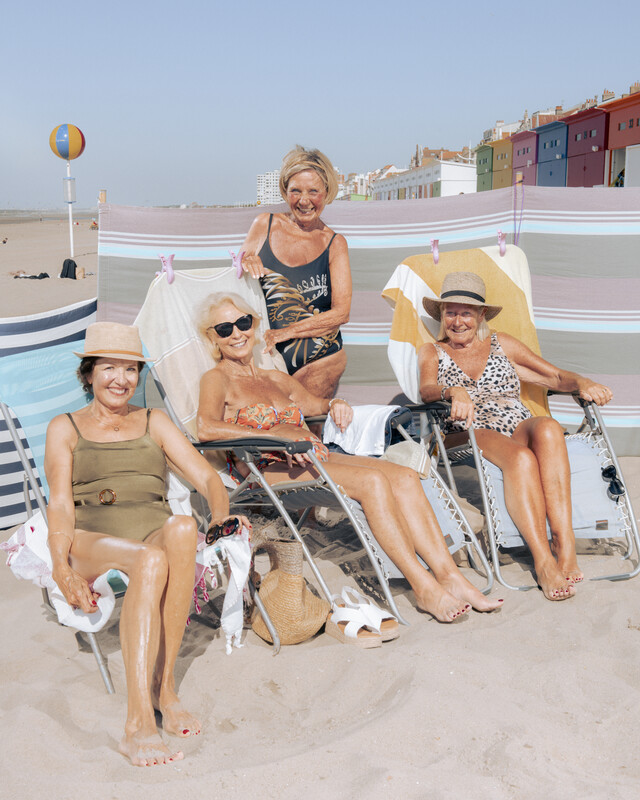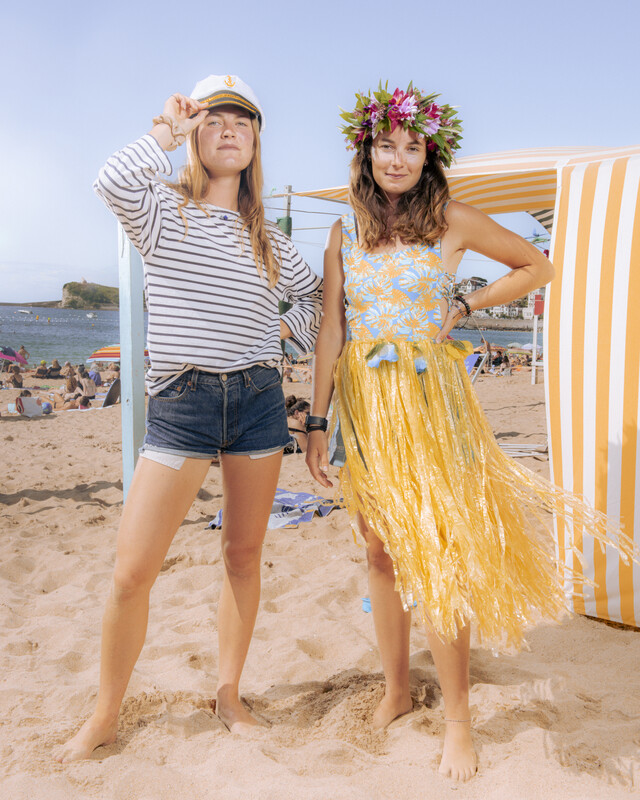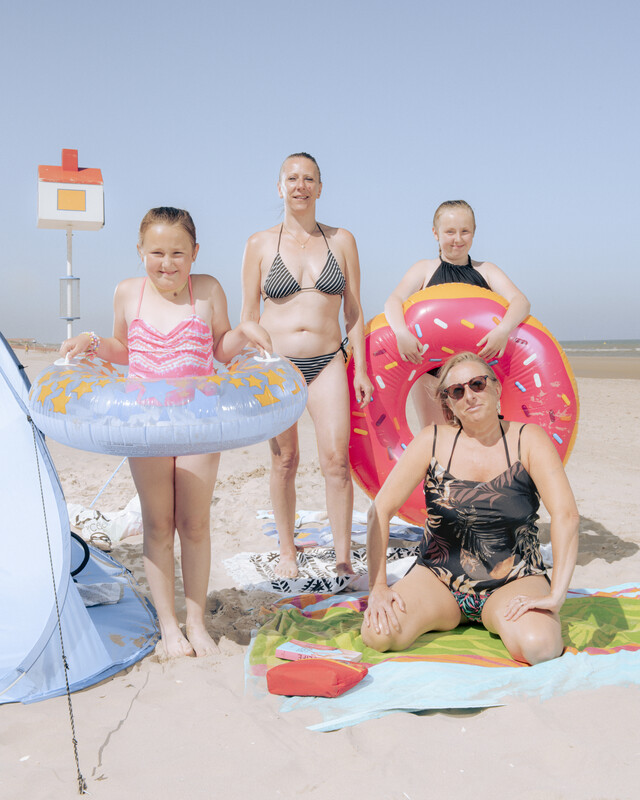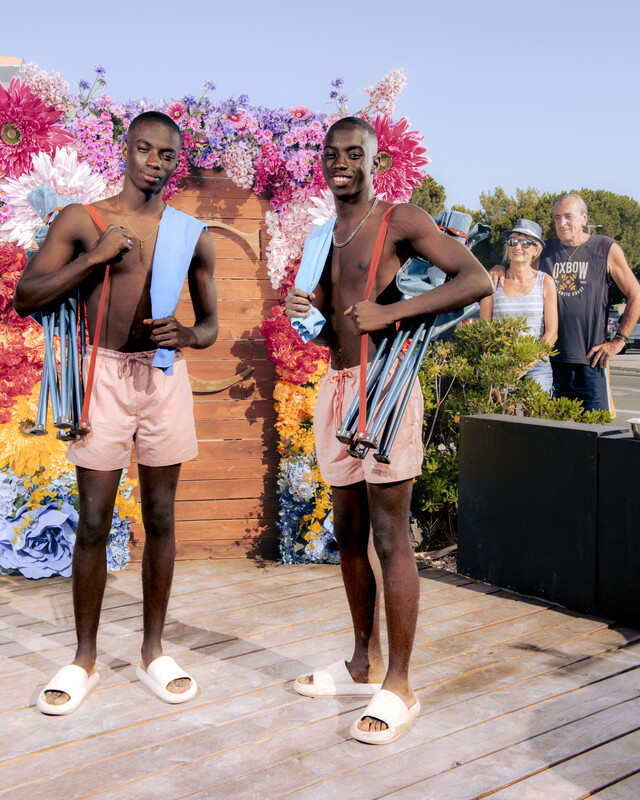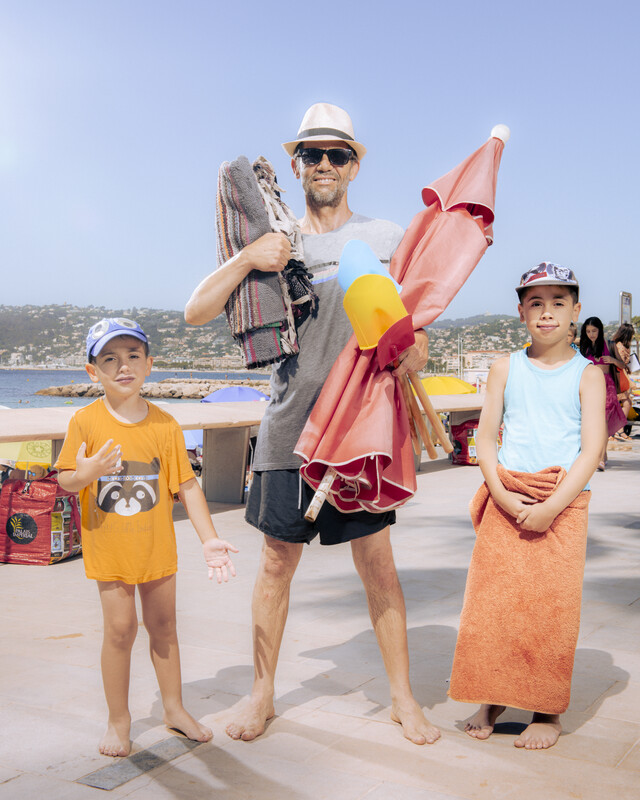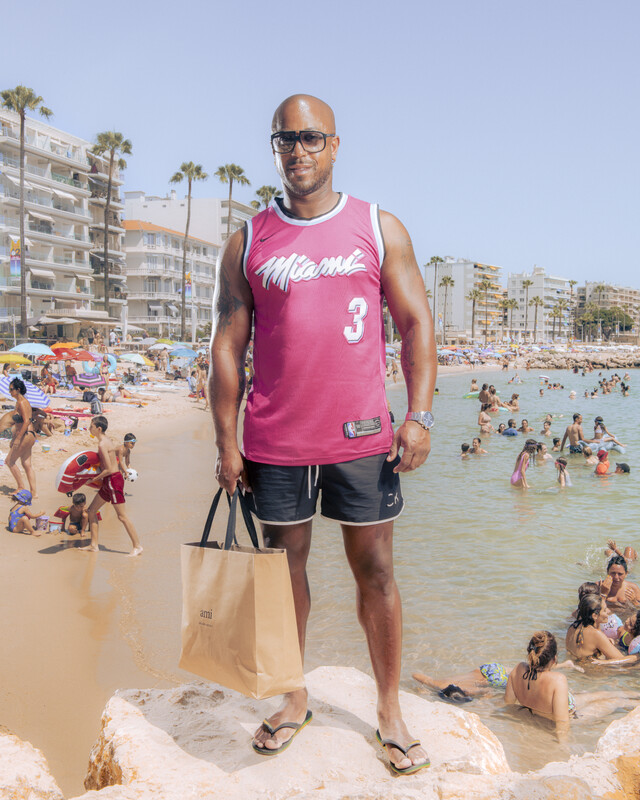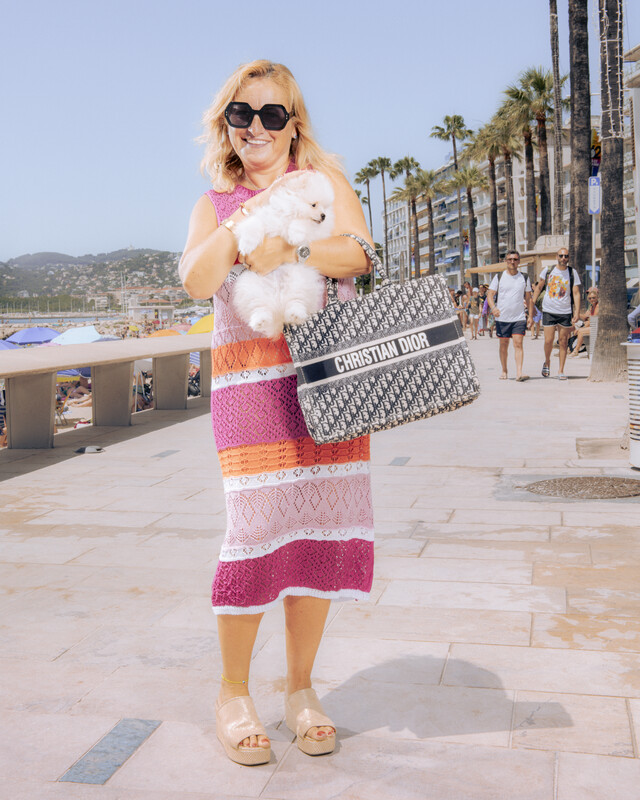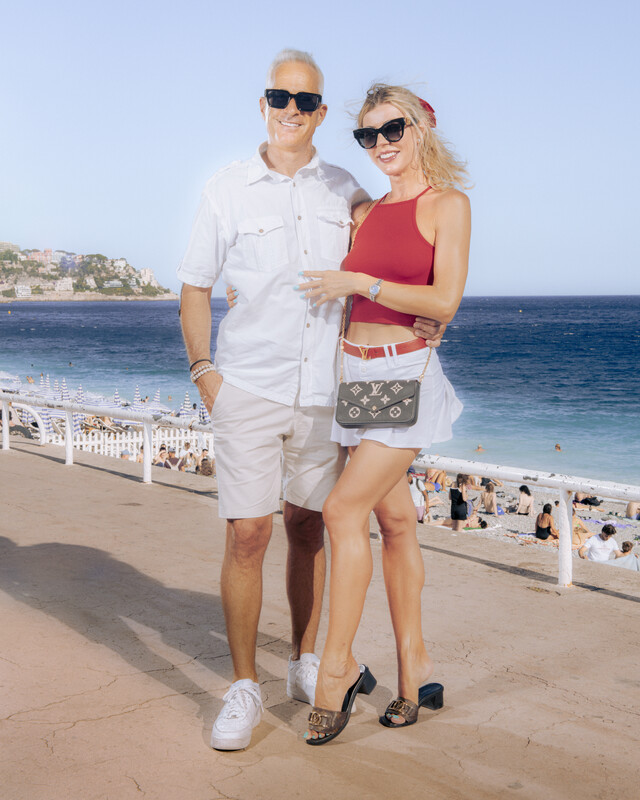Paid Leave
© Stephan Gladieu“Wouldn't the sacrosanct paid vacations be one of the symbols of our singular identity? In any case, they seem to be the foundation of the French attachment to social protection.”
It was Napoleon III who, in 1853, for the first time, offered a fifteen-day paid vacation to state employees. A societal revolution that coincided with the creation of the first Norman seaside resorts of Cabourg, Houlgate and Deauville. Inspired by the aristocratic tradition, bourgeois families went on holiday by the sea in the first heat of summer, while rural France worked in the fields. One thinks in particular of the images of Jacques Henri Lartigue who, as early as 1910, photographed his family and friends and showed them bourgeois vacations.
When the Popular Front came to power, it calmed down the social movements by introducing, as a matter of urgency, fifteen days of paid vacations for everyone who had a work contract. In August 1936, the French went on vacation in large numbers for the first time. A summer exodus captured by Robert Doisneau who began his series "Les grandes vacances". On the beaches of France, thousands of enthusiastic workers, wearing tank tops and tight-fitting trunks, discovered the sea and the joys of improvised camping, enjoying their first vacation without loss of pay.
From two weeks in 1936, the duration of paid vacations increased to three weeks in 1956, then to four in 1969 and stabilized at five weeks in 1982. In France, the "joy of doing nothing" gradually became a fundamental right for everyone: the right to enjoy life, just like the right to work, to health, to education or to housing.
"For nearly one French person out of two, the year is divided into two distinct periods: waiting for the vacations and the vacations”.
Claude Goguel - Administrator at INSEE, 1967
Half a century later, the number of French people going on vacation continues to grow. Today, 65% of French people go on vacation during the summer. Among them, 62% choose the seaside to practice their favorite activities: walking (38%), the beach (18%) and visiting cities or natural sites (13%). The choice of our vacations is also a social and cultural marker, revealing our identities. After the successive periods of confinement, which imposed a suspended time, where we were, all of us, immobile, facing ourselves, almost forced to reflect on the meaning of our life and on our own mortality, the need to enjoy the present moment and the pressing need to strengthen our social and family links has imposed itself on many of us.
In fact, the number of French people going on vacation has even increased significantly since the COVID-19 pandemic (cite source?)
It is in this context that photographer Stephan Gladieu realised a sensitive portrait of the French people on vacation by the sea. Embarked in a motor home, he travelled tomeet them by following the French coasts, from the Atlantic to the Mediterranean, from June to September 2022 and 2023.
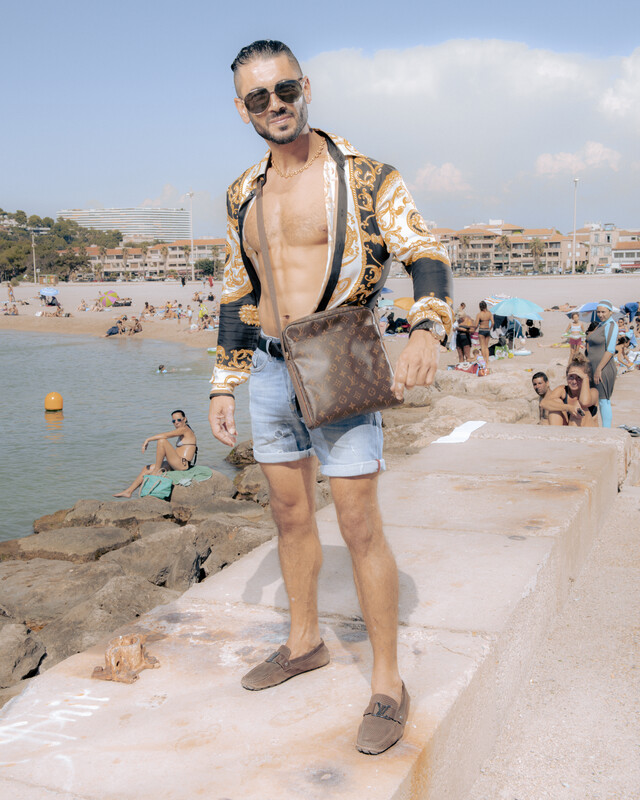



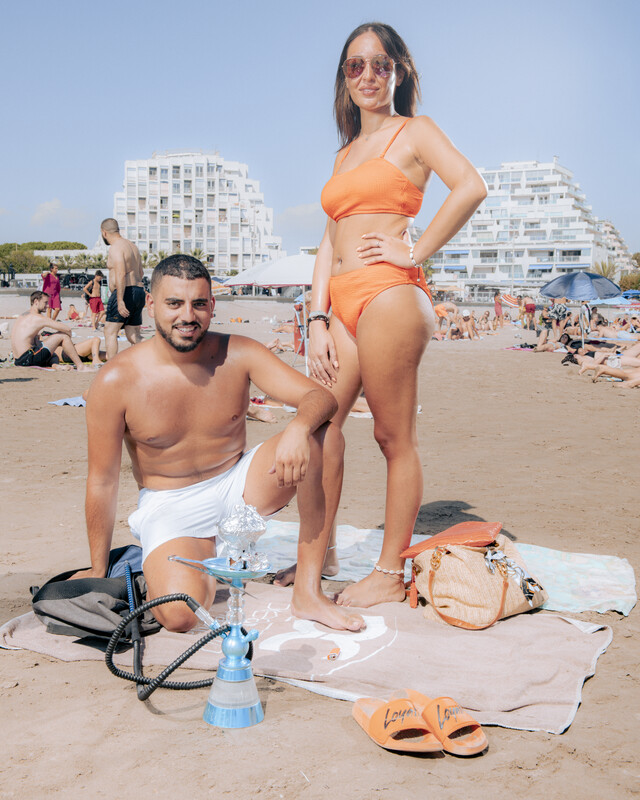

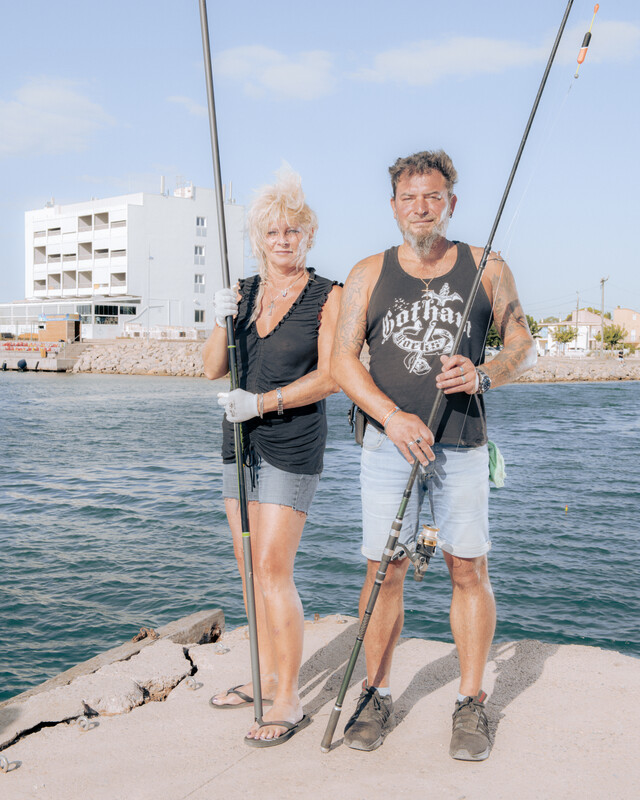


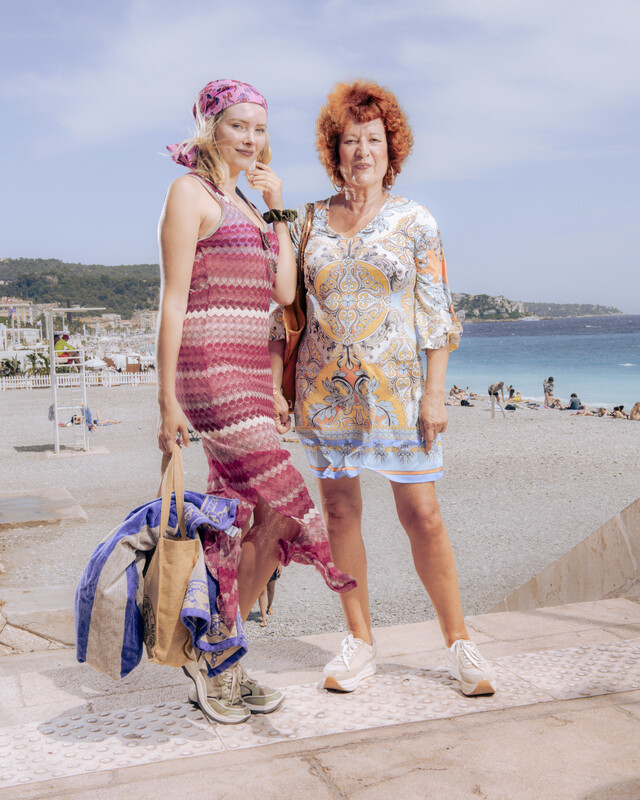

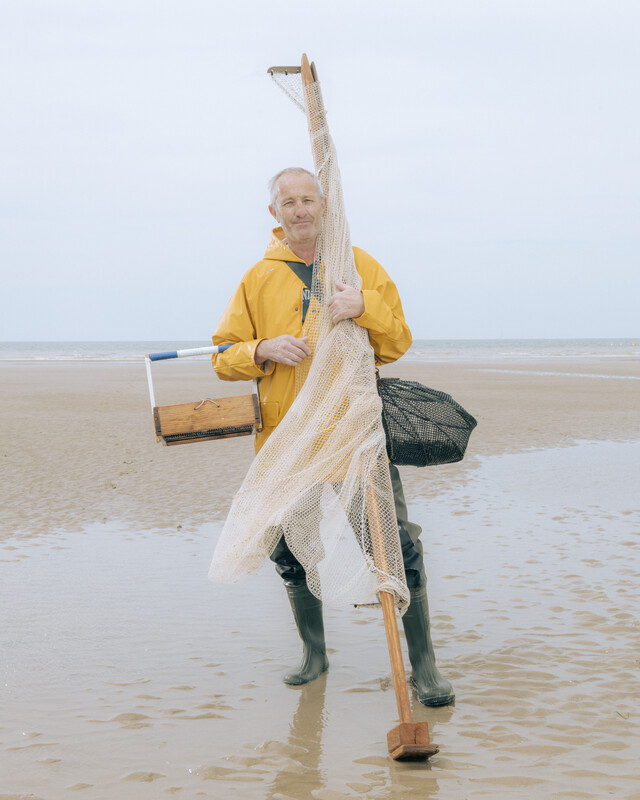
This itinerary was divided into 3 phases:
1) From the beaches of Zuydcoote and Bray Dune on the North Sea, through Le Crotoy in the Bay of Somme, then Port-Bail-Sur-Mer in the Cotentin, to finish in Brittany: Perros-Guirec, Mont-Saint-Michel, the Pink Granite Coast.
2) The second phase will take place on the Atlantic Coast: Quiberon, Ile d'Yeu, Biscarosse, Mimizan, Saint-Jean-de-Luz
3) The journey ended on the Mediterranean coast: Argelès-sur-Mer, Sète, La Grande-Motte, Saint-Tropez, Nice
In the continuity of my previous series (Les Coréens du Nord, Homo Détritus ; 93-Terre de mixité), Gladieu produced a gallery of portraits in-situ giving to see those, of all origins and social conditions, taking advantage of the French coasts with their so varied landscapes: families, couples, friends or solitary people, mainly in outside, in situations and contexts with strong symbolic power. At the campsite or in a second home, on the beach, at the ice-cream parlour or at the bistro, enjoying sports activities, playing pétanque, wearing the usual clothing... Working or retired, young or not so young, families or groups of friends, alone or with others - joyful France full of life, enjoying the present time with lightness.
For more than twenty years, Stephan Gladieu has been working as a photojournalist for the French and international press, and for a few years now, he has been working on a personal project based on the portrait, combining aesthetic research and a rigorous documentary approach. This call for applications is a wonderful opportunity for the contemporary generation of photographers: it is a historic moment, which allows us to extend and question the photographic memory of the greatest by working on the interstices and mutations of our society.
“I also wish to seize this opportunity to highlight one of the positive consequences of the health crisis, to give us individually and collectively the taste of living, of being together and of giving a meaning to our existence; even if I am fully aware that this crisis has mostly had dramatic consequences, I believe that it has induced and strengthened a singular trait of our nation: the maxim Carpe Diem or "Pick the present day without worrying about tomorrow".
click to view the complete set of images in the archive
